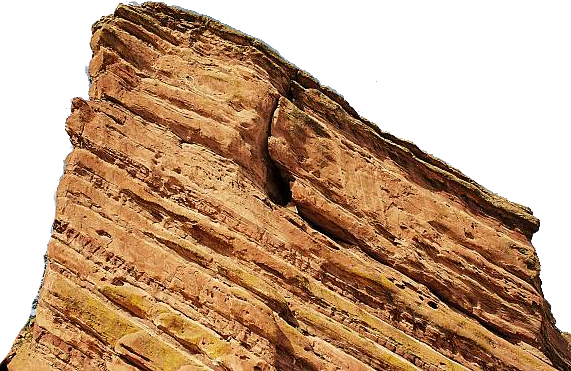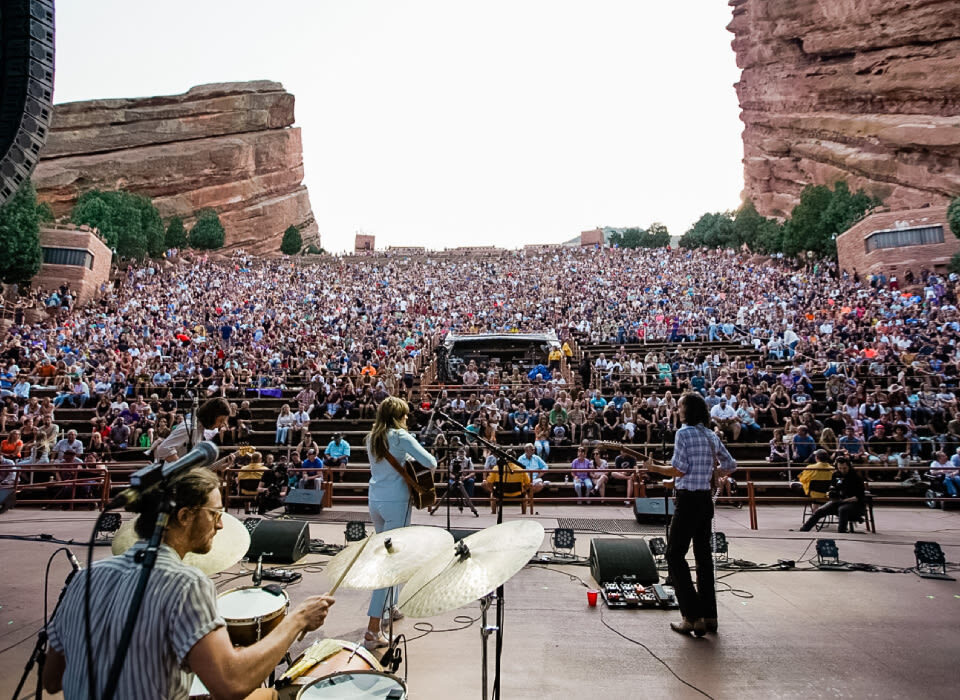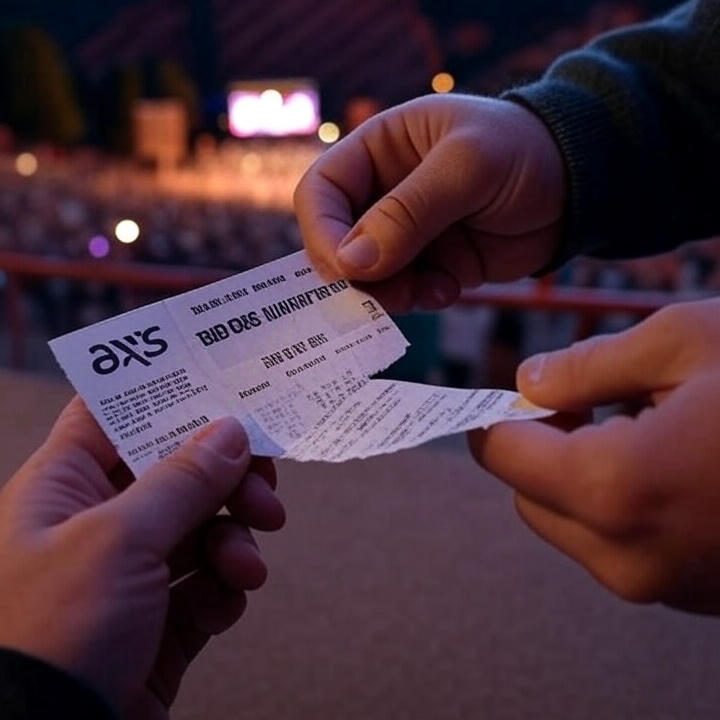How to Write a Blog Post That Gets Readers’ Attention
4th September 2024Seven Lions – The New Generation of Electronic Music Producers
6th September 2024ShowShape allows you to dynamically modify the properties of live shapes using on-shape control widgets. These appear whenever a live drawing tool is selected and allow you to manipulate specific corners within an object’s form.
To smoothly combine motion and shape, create keyframes that mark both starting and ending shapes in your timeline, then use shape hints to specify their changes between these keyframes.
Color
Color that is displayed for a shape. You can specify different hues for each label or use one for all. Please see the Supported colors table for more information about available hues.
There is a built-in turtle or link variable which stores a boolean value that indicates whether a turtle or link is hidden (i.e., invisible). By setting this variable to True or False you can change its default shape; this change only affects newly created objects and not existing ones.
Create a class named Shape, then derive two derived classes (Circle and Rectangle) from it. Implement a function in each derived class for drawing Shape objects – this function must have two parameters named Name and Value and return value Value; additionally you may specify optional name-value pairs (Name1=Value1, Name2=Value2) along with any input argument pairs used before. Order of arguments does not matter; even passing an empty string works!
Transparency
Computer generated images, photographs and actual objects all present challenges to accurately perceiving the three-dimensional form and relative depth distance of transparent surfaces with texture similar to principal direction strokes that exist on its surfaces. This difficulty becomes especially evident when these textures feature color or occlusion cues with similar hues that appear within both objects and pictures.
The bboxresize, bboxcrop, bboxwarp and showShape functions provide ways of altering the bounding box coordinates of shapes. By passing in their names and transformation parameters as command line arguments, you can change their bounding box coordinates and transparency levels of shapes. Furthermore, you can open the Format Shape Pane by right-clicking an object and choosing “Edit with Form Tool.”
To animate shapes with a shape pointer, choose any frame in the Timeline that contains keyframes for both squares and circles and press either Animate or Enter key to activate the tween interpolator between the keyframes for both shapes.
Rotation
ShowShape features multiple handles you can use to reposition, resize and rotate shapes. To move one, just drag its handle; for smaller adjustments press Shift while dragging.
To rotate an object, place your pointer over its handle that protrudes from its top edge and drag in any of three clockwise or anticlockwise directions. Alternatively, click a circular icon located in any corner of the canvas to select an angle of rotation.
If a shape has been rotated, its ShowOrientation name-value argument must be set to 1 (true). Otherwise, only its current orientation – represented by an arrow annotation on its bounding box – will be displayed. You can change this value via the Options menu, as its effect applies across all ShowShape commands (bboxresize, cropping/warping and showShape all assume input bounding box coordinates are spatial instead of coordinate-based and return transformed bounding boxes).




